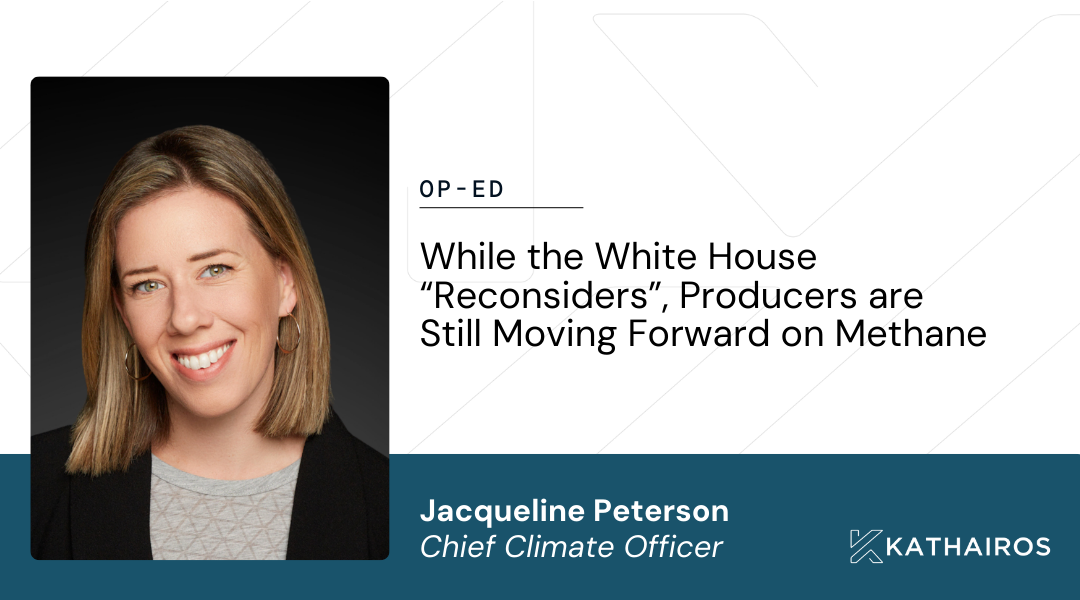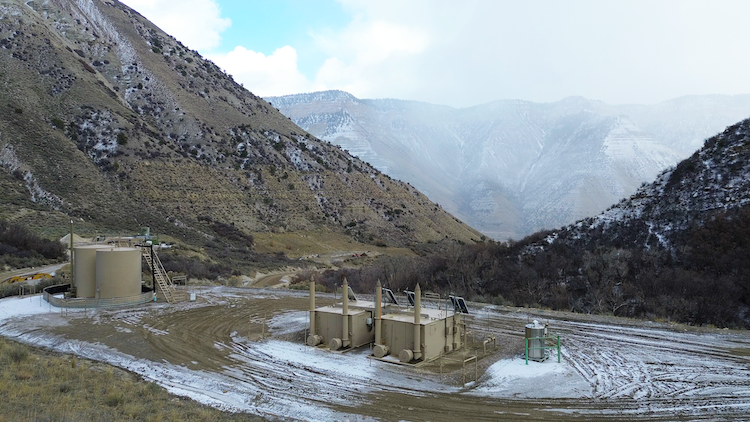
Kathairos has emerged as the leading North American solution for methane elimination from pneumatics, with more than 1,000 systems in operation across North America and over 40 major oil and gas producer partners.
In this post
The Paris Agreement and the climate ambition of a carbon-neutral EU by 2050 have been sidetracked by the war in Ukraine… or have they?
Brand new research from Aarhus University shows that the very high gas prices currently experienced by the Eurozone may in fact be a very efficient driver for the green transition. Just a few days after Russia commenced aggression against Ukraine, researchers from the Department of Mechanical and Production Engineering at Aarhus University began to calculate the long-term effects of cutting off Russian gas for the decarbonization of the European energy grid.
The research is based on a high-resolution model of the entire European energy system, including gas-dependent industries and shows that cutting off the gas could potentially have a considerable effect, depending on the level of ambition in the long-term goals of the Paris Agreement, to limit global temperature increase.
Ever since the Paris Agreement concluded in 2015, the objective has been to limit the temperature increase to a maximum of 2 degrees Celsius with a high level goal of eventually limiting increases to 1.5 degrees. The strategy focused on replacing coal burning with gas use in a transitional phase, which the war in Ukraine has severely challenged.
"Russia is the biggest supplier of gas to Europe, and in 2019, 34% of the Eurozone's gas consumption came from Russia,” remarked Gorm Bruun Andresen, one of the study’s researchers. “With the phasing out of Russian gas, we no longer have enough gas for this so-called ‘transition phase.’ This means that we have to choose between investing in the immediate installation of large amounts of wind and solar energy or falling back on the other options, including coal. The first scenario aligns well with a very ambitious climate strategy, and it will very quickly alleviate Europe's dependence on imported gas. However, the second scenario actually makes it difficult to honour the Paris Agreement at all."
The model developed by the researchers shows the cheapest and most cost-effective path to the 1.5-degree and 2-degree scenarios for the European energy system, respectively. The model shows that high gas prices are forcing European citizens to drop gas-fired installations and install heat pumps instead. Since the heating sector accounts for approximately 34% of total European gas consumption, this transition will have a major impact on the green transition and speaks in favour of the 1.5-degree target.
"It's interesting that this implies that the price of gas is a driver of what European politicians have been talking about for years. That's not to say that the gas price and restructuring the heating sector are enough for the 1.5-degree scenario. By any means. But it drives the green transition forward to a far greater extent than using gas in a transitional phase," furthered Andresen.
With this in mind, it is important to focus on the climate ambitions of the European countries: a reduction in Europe's total gas supply could help accelerate the upscaling of renewable energy sources, provided countries uphold their climate ambitions. If not, the risk is that other non-renewable fuels will replace gas in the interim period towards full decarbonization.
Explore more posts from Kathairos
.jpg)
Decarb Digest, Issue 01: Discover Why Energy Leaders Aren’t Waiting on Washington

Op-Ed: While the White House “reconsiders”, producers are still moving forward on methane

